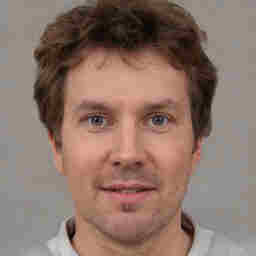+44 75754 30035 help@rapidassignmenthelp.co.uk
offer
🎄🎁✨ Christmas Special 🎄🎁✨ Discounts - Up to 55% OFF!
🎊✨ New Year Special ✨🎊 Discounts - Up to 55% OFF!
The “Human Capital Development Project for Burundi” is a popular three-in-one project that aims to empower girls and boys by developing basic access to healthcare, nutrition, and education levels for the less developed country Burundi. This project, as discussed in the ECN102 Written Assignment Sample on Human Capital Development, is estimated to have benefited approximately 13.23 million people over the last five years. It also plays a significant role in improving access to health services and education in Burundi (Breunig and Majeed, 2020). The project adopts multidimensional approaches with cross-cutting interventions to promote citizen engagement, thereby enhancing the sustainable performance of education systems. Technical assistance further strengthens management and governance within both the education and health sectors. Ultimately, the empowerment of girls and boys in healthcare, nutrition, and education contributes to national growth and service development. For students seeking detailed guidance or academic support in economic analysis or project evaluations like this, obtaining professional help with writing assignments can ensure well-structured and insightful academic work.
“Human Capital Development Project for Burundi” was commissioned by “World Bank Data” and released on 30th July 2024 emphasizing three key factors of healthcare, nutrition and education level for fostering the development of human capital for Burundi. This project targeted to empower the girls and the boys in Burundi to develop the healthcare, and nutrition factors (Aiyar and Ebeke, 2020). The following section also emphasizes how economic policies and the concepts of the Solow growth model determine steady-state changes in terms of GDP growth, technological progress, investment, and human capital in Burundi. This project provides scope to address the demand-side factors, supply to meet the nutrition demand, develop the involvement of government factors and the relationship between economic growth, poverty and inequalities which are described as follows.
Objective
The key objective of this project was as follows.
Explanation of the relationship between inequality, economic growth and poverty
There exists a strong correlation between the 3 key indicators of economic growth, poverty and inequality levels. There exists a correlation between the growth and the inequality level for which increasing the economic growth helps to reduce the level of the poverty level. Therefore, there exists a complex relationship between these 3 indicators. Implementation of the policy promotions improves the country's economic growth and provides access to the necessary factors like education, healthcare etc. (Cammeraat, 2020). The above project “Human Capital Development Project for Burundi” tried to address the three key indicators of healthcare, nutrition, and the basic education level of the population of Burundi. However, the identification of the key relationships is crucial for the development of human capital. This type of project helps to identify the key factors and promote sustainable growth strategies.
Get assistance from our PROFESSIONAL ASSIGNMENT WRITERS to receive 100% assured AI-free and high-quality documents on time, ensuring an A+ grade in all subjects.
Definition of pro-poor growth and identification policy
The pro-poor growth is one type of national policies that provide the stimulation for the economic growth factors for the poor people.
Economic implication
Therefore this “Human Capital Development Project for Burundi” project emphasizes on promotion of citizen engagement to reduce the gender gap in Burundi. These projects record funding of $227.6 million amount. It also identifies approximately 70-72% of the population in Burundi lives a level of below the poverty line.
Definition of the Cobb-Douglas production function and explanation of the implications of the main properties
The “Cobb-Douglas production function” is another relevant model that explains the relationship between the production and the output levels. In the case of the “Human Capital Development Project for Burundi” helps to identify the relationship of inputs of girls and boys, key resources for fulfilling the nutrition levels, basic education factors, and healthcare sectors with the outputs of the empowerment that the girls and the boys get from the development of the government policies in Burundi (Muchiri. and Paul, 2023). Therefore, this type of model elaborates how the implementation of the policies by the economists develops the overall production process for different sectors of Burundi.
Solow Growth Diagram on GDP, capital
The “Solow growth model” is a popular growth model in economics that helps to identify the changes in output level with respect to changes of time in long-run situations for which the saving rates and population growth also change based on technological progress factors.
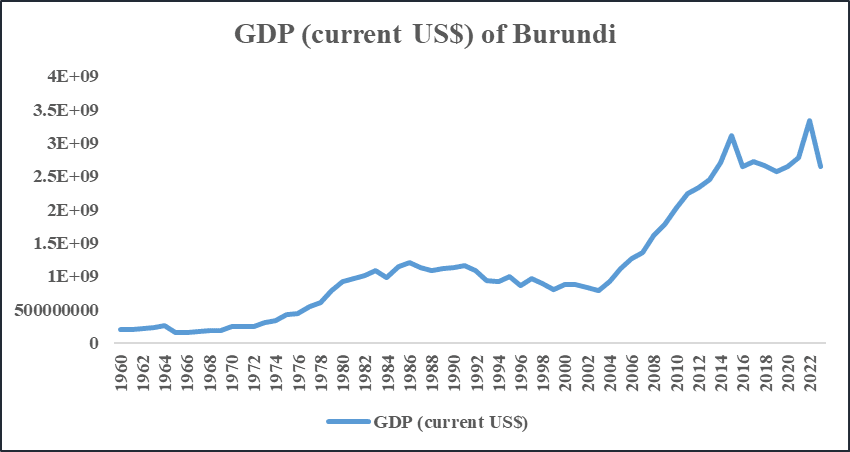
Figure 1: Rising trend of GDP growth
The above figure identified that the GDP growth of a less-developed country like Burundi is gradually increasing.

Figure 2: Rising population growth in Burundi
The rising population level also increased the demand for a better healthcare sector, and education level for which the inequality level can also increase.
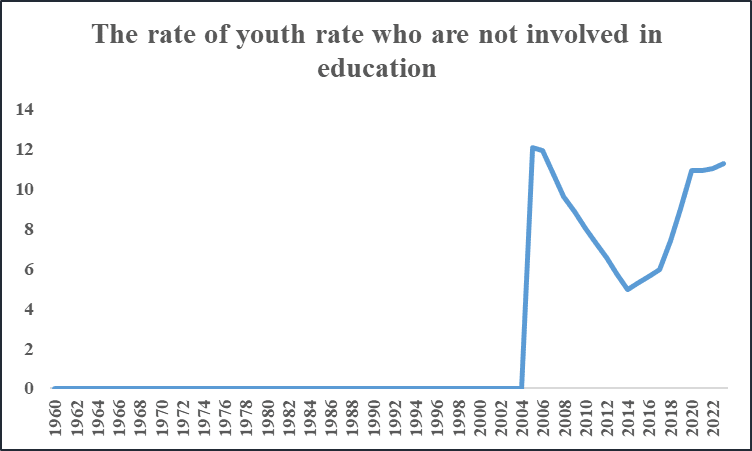
Figure 3: Rising youth population not participating in education
The above figure shows that the maximum youth population who were not involved in the education sector was higher in 2004 and reduced in 2014-2016 which was again increased still 2022.
Explanation of the role of investment, human capital, technological progress
It is also identified that when the labor forces rise it will directly shift the “Solow model” towards the upward direction which is shown below (Ilyas et al. 2023). The “Solow Growth model” helps to determine the key effect of the rising human capital by which girls and boys can easily access the three factors of education levels, and healthcare access.
Usage of the Solow diagram for demonstrating the steady-state
The “Solow diagram” helps to identify how the improvement in the “human capital level” improves the GDP growth level. When the labor
Usage of the growth path diagram
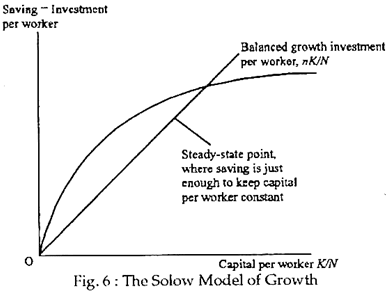
Figure 4: “Solow path diagram”
The above figure describes the “steady-state situation” to elaborate on the relationship between basic access of education, healthcare for both girls and boys of Burundi (Muchiri and Nzisabira, 2020).
Key characteristics of poverty, income equality and economic growth
Analysing the report of “Human Capital Development Project for Burundi” found that an increase of the labor force helps to improve the growth rate under the “Solow growth models”. It is identified from the “Gini Coefficient” that the unemployment rate will be 58.31K by the year of 2024. Insufficient economic growth leads to the expansion of demographic expansion (Yaya et al. 2020). The “real growth rate” of Burundi will increase by 4.6% by the year of 2024. The poverty growth in 2024 for Burundi is stable and instead of the rapid expansion of population growth.
Literature review
According to Cerra et al. (2022) critically described the inclusive growth factor in terms of the link between the factors of inequality, growth and poverty levels.
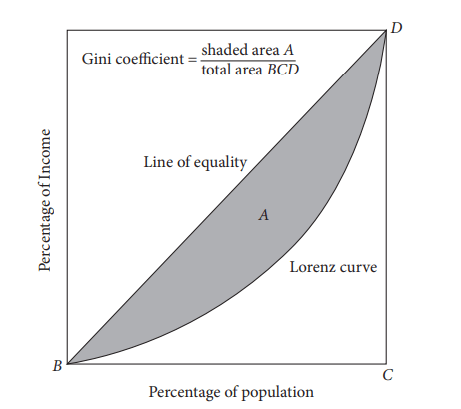
Figure 5: Explanation of the Lorenz curve
The author also identified how the inequality varies between the society in terms of the inequality, and the population factors. The author also identified the promotion of inclusive growth by implementing government policies through accessing factors of the education level, the healthcare sector can improve the growth rate of the economies.
3.0 Conclusion
The three factors of education, healthcare and nutrition have an interconnection in terms of measuring the economic growth level. The “Human Capital Development Project for Burundi” project critically targeted the two factors of girls and boys for developing basic access to healthcare, and nutrition and the education factor for the less developed country Burundi. Implementation of the different types of economic theory also addresses how Burundi experienced the stable poverty level instead of the increasing population levels.
Reference list
Journals
Introduction Get free samples written by our Top-Notch subject experts for taking online Assignment...View and Download
Task 1: Get free samples written by our Top-Notch subject experts for taking online Assignment Help services. a)...View and Download
Part 1: Database Design and Development This section covers COM4015 database design for a pet shop, from logical modeling with...View and Download
LO1: Understand Unit 520 Models of Disability Achieve your academic dreams with the Best Assignment Help Services for Students,...View and Download
Introduction: Reflective Practice in Health and Social Care If you're working on a similar topic and need Assignment Help...View and Download
Introduction Get free samples written by our Top-Notch subject experts for taking assignment help uk from Rapid...View and Download
